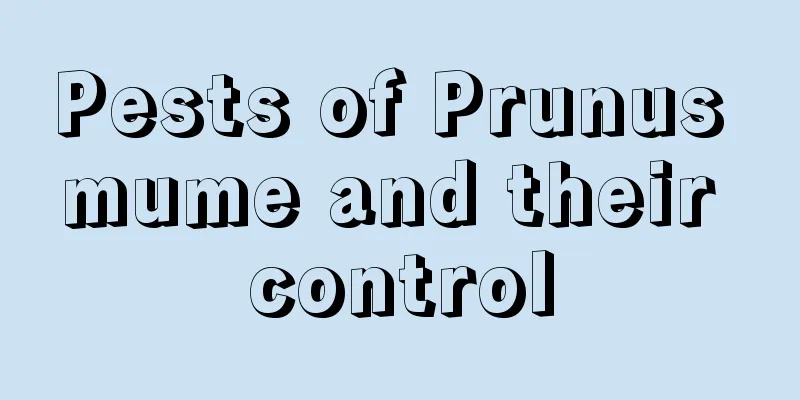How to remedy overwatering of succulents, how to water succulents correctly

1. Drain water in timeSucculents are very drought-resistant. If they are watered too much, it will affect the breathing of the roots, so the water needs to be drained out in time. In addition, in order to prevent water accumulation, it is generally necessary to use a relatively soft and large-particle substrate, and it is best to have drainage holes at the bottom of the pot so that excess water can be drained. 2. Loose soil and ventilateAfter the moisture in the soil is drained, the substrate is still relatively moist, which is still not conducive to the growth of succulents. At this time, good air circulation needs to be provided to accelerate the evaporation of moisture in the soil. In addition, you can loosen the soil appropriately and turn over the moist soil underneath to make it dry as quickly as possible. 3. Remove the pot and prune the rootsIf too much water has affected the normal growth of succulents, then they need to be removed from the pot and the roots trimmed. First loosen the soil, take the plant out of the pot, remove some of the old soil, check and trim the roots, cut off rotten roots, and spray carbendazim on it for sterilization and disinfection. 4. Change soil and replantIf the soil is too humid and cannot be reduced through ventilation or other means, you need to change the pot and soil. The new soil should be loose and dry. After removing the plant from the pot, place it upright in a new pot, fill it with new soil, and place it in a semi-shaded place to avoid sunlight. 5. Watering methodSucculent plants do not require much water, so do not water them too frequently. Generally, water them thoroughly after the soil is completely dry. Watering is usually done on sunny days, but avoid the high temperature period at noon to prevent the water from evaporating quickly, causing the soil temperature to drop and affecting the growth of the roots. |
<<: How to remedy the succulent leaves becoming soft?
>>: Method for making yellow storage corn straw feed
Recommend
“Asparagus fern” doesn’t grow well? Try this "sugar water", feed one spoonful a month, and the leaves will be lush and green!
Every family has this good thing, which is brown ...
How much water should be put in hydroponic hyacinth
1. How much water should be added 1. Before rooti...
Cultivation methods and precautions of Basoglossum
How to cultivate Basoglossum illumination Bractea...
How to make Clivia take root quickly (methods and tricks to promote rooting of Clivia)
How to promote root growth of Clivia In fact, the...
How to grow blue star flowers
1. Breeding environment 1. Watering: The soil sho...
How to propagate arrowroot? Propagation methods and precautions
How to propagate arrowroot Common methods of prop...
How to prune bird of paradise
How to prune the branches of a bird of paradise B...
The Feng Shui Effect of Gold Diamond
The Origin of the “Evil-Repelling King” The origi...
What to do if lavender leaves turn yellow
1. Clear the stagnant water Reason: Lavender need...
Can violets be placed in the bedroom?
1. Is the fragrance of flowers poisonous? The ans...
How to save seeds of Danish wind chimes
1. Choose the variety When keeping seeds for Dani...
Are cherry trees waterlogged?
Are cherry trees waterlogged? Cherry trees are no...
Can camphor trees be planted outside the house?
Can camphor trees be planted at the doorstep? Cam...
The efficacy and effects of Platycodon grandiflorum, the side effects of Platycodon grandiflorum
1. The efficacy and function of Platycodon grandi...
How to grow Jade Plant
1. Breeding methods 1. Flower soil: Jade plant pr...









